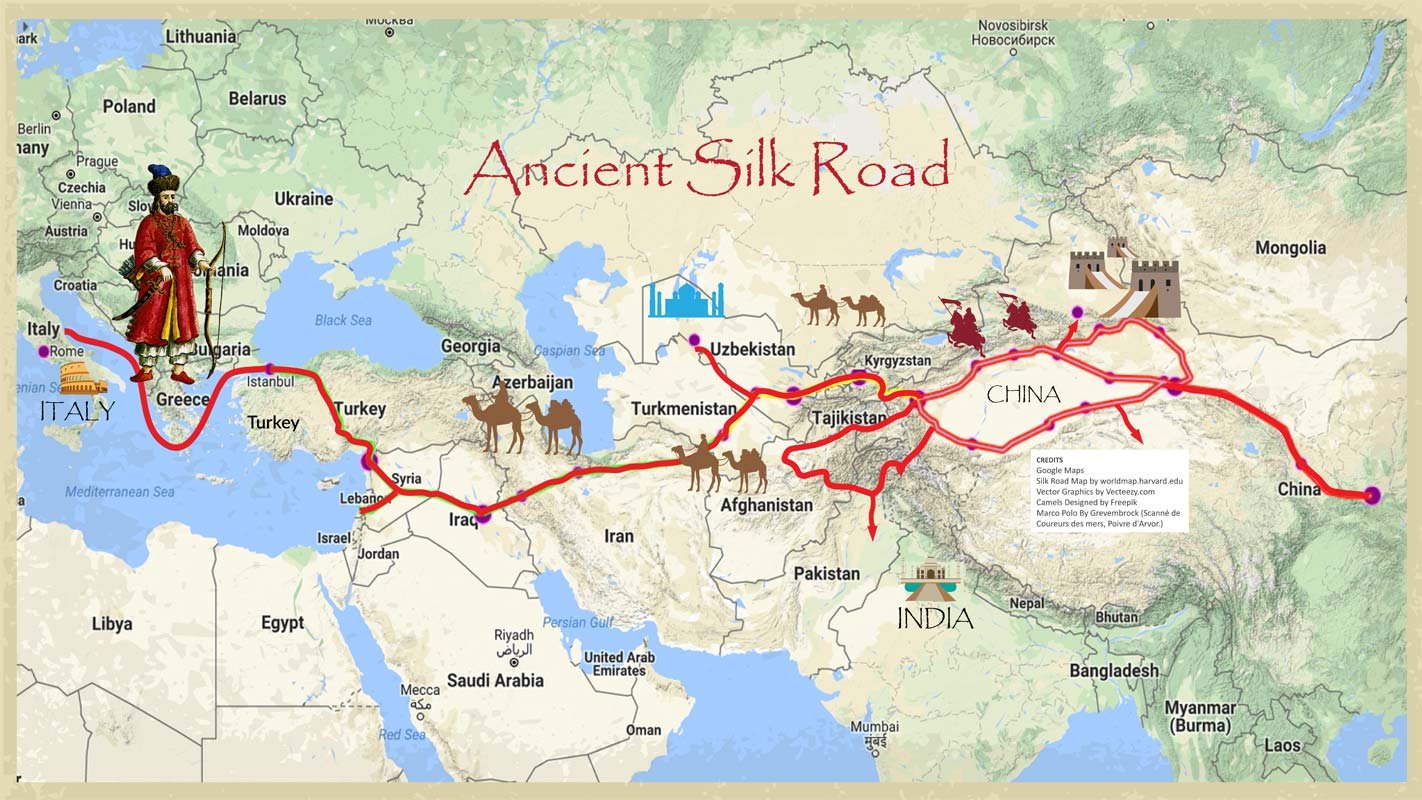Trade and Sustainability
“Why is it that you white people developed so much Cargo and brought it to New Guinea, but we black people had little Cargo of our own?”
It took an entire book for Jared Diamond to answer his friend Yali's question. The book, “Guns, Germs, and Steel”, demonstrated how much geography does to shape destiny. It also hinted at how essential trade is to humanity.
Indeed, it may be that trade is the defining characteristic of our species.
Trade may even be the key factor of sustainability
When it was possible, trade “buffered” the impact of local resource shortages, and allowed us to continue innovating. Across Eurasia, since the rise of urban civilizations in the Indus Valley and Mesopotamia, caravan trade partially alleviated resource shortages. Across the vast seas such as the Pacific Ocean, the winds powered trade across the Polynesian expansion.
This is what we see in the contrast between the fate of Mesopotamia’s Palmyra and the Pacific’s Easter Island.
In Mesopotamia, local cities grew in size, when Palmyra rose up from an agricultural oasis (and occasional banditry) to become a major city, it buffered the stress on its local environment through trade.
Around the Palmyra Oasis, an innovative civilization flourished, powered by the resources that travelled the fabled Silk Road.
As a key trading node between the Parthian Empire and Rome, this Aramaic settlement had often sheltered Arabic nomadic raiders. It then rapidly grew into a unique city that combined Greco-Roman and Persian culture.
As long as resources came, the city mitigated growing soil salination, and land degradation. When the Silk Road moved away, so did most of the inhabitants, especially that the groundwater was being depleted.
In the Pacific, trade allowed the Polynesians to maintain links across vast distances. Powered by wind, ingenious Polynesian seafarers were able to trek far and wide; from their base in the Marquesas, they reached more than 3,700 km into the Pacific to colonize Hawaii in the North and Rapa Nui in the South.
They may have reached further, and linked to South American from Easter Island, or Rapa Nui… Indeed, long before the Spanish and the Portuguese spread “lines” of potatoes, there is evidence of an earlier prehistoric dispersal from the Peru-Ecuador region to the Marquesas, Hawaii, and Rapa Nui.
Indeed, genetic analysis of the lowly sweet potato strongly suggest that it spread from the Peru-Ecuador region and into Polynesia since prehistoric times. And the first Europeans report seeing chicken, an Indochina domesticate, on Easter Island.
Rapa Nui may have been an important hub, for a while.
But then, for some reason, Rapa Nui got disconnected. It is possible that fewer trees made it harder to maintain boats. Or that the trip was no longer worth the expense.
The fact remains that trade went away.
Isolated from trade routes, its civilization collapsed. Its inhabitants survived and endured. They did their best to protect the trees; by the 1860’s, “at least 10 taxa of forest vegetation may have persisted until Europeans began visiting the island”…
What of the disappeared trees? Well, the Island was invaded in 1862 by Peruvian slave traders; the ”destroyers of the palm woodland on Rapa Nui” are the same ones who enslaved its people, leaving only 110 natives on the Island by 1877.
Without trade, they could not grow, and their earlier civilization collapsed.
This, in my opinion, best explains Rapa Nui's downfall, and why towns like Palmyra and Petra fared better...
…until fashion shifted the Silk Road.



